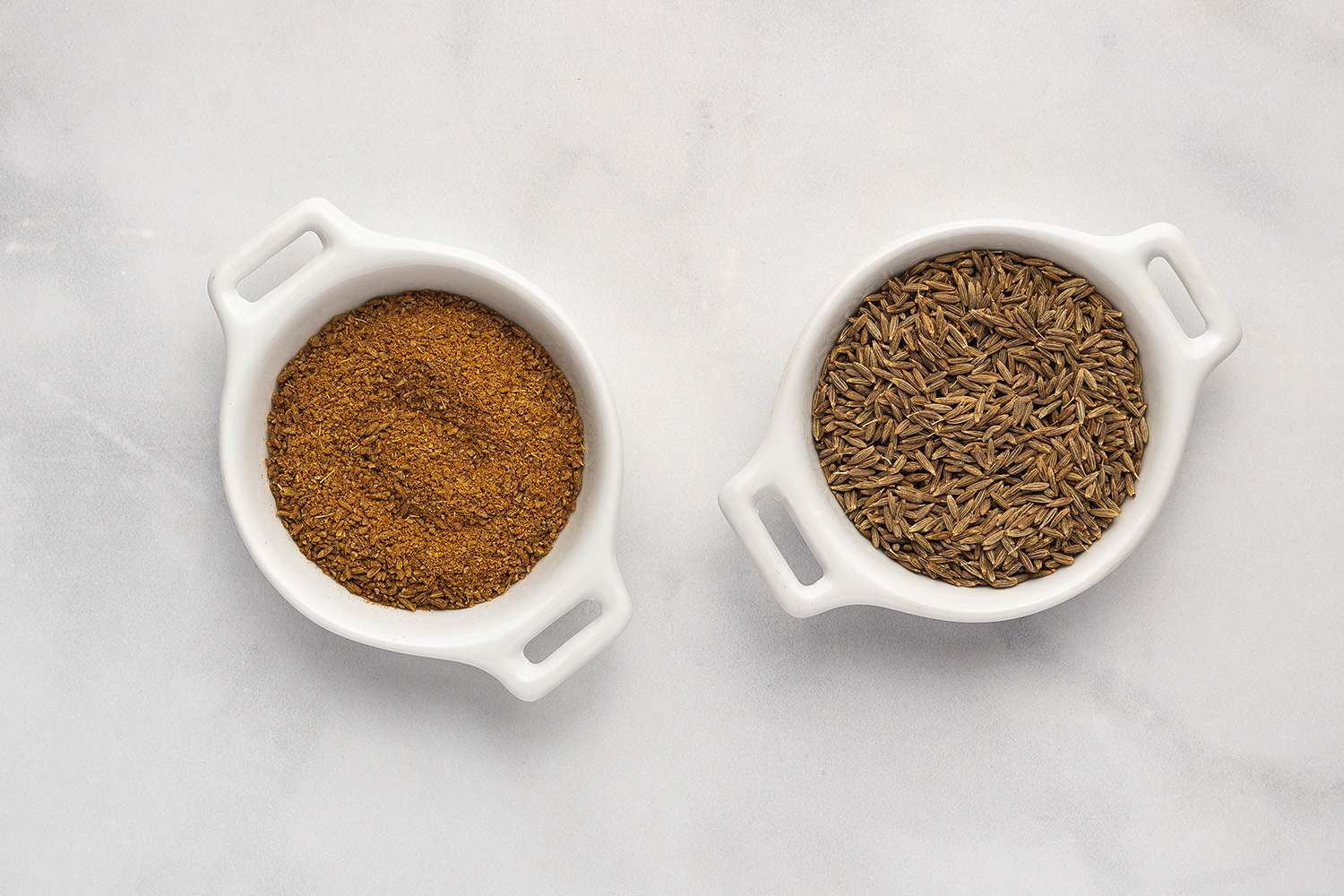Blog
What is the aroma of cumin powder?

Cumin powder, a ground form of cumin seeds, has been a culinary staple for centuries. This spice, known for its distinctive aroma, has a rich history tracing back to ancient civilizations. This article explores the unique aroma of cumin powder, its chemical composition, culinary uses, and more.
The Aroma of Cumin Powder The aroma of cumin powder is often described as earthy, warm, and slightly bitter with a hint of citrus. It is a complex scent that can vary based on the origin and processing of the seeds.
Chemical Composition of Cumin Cumin’s aroma primarily comes from its essential oils, particularly cuminaldehyde. These oils contribute to its characteristic warm and spicy scent.
Culinary Uses of Cumin Powder Cumin powder is a key ingredient in many dishes worldwide. From Indian curries to Mexican chili, cumin adds depth and warmth to recipes.
Health Benefits Related to Cumin’s Aroma In aromatherapy, cumin’s aroma is said to aid digestion and reduce stress. The scent of cumin can have a calming effect, soothing the mind and body.
Comparing Cumin with Other Spices While similar to caraway and coriander, cumin’s aroma is stronger and more pungent. It’s this distinct scent that sets cumin apart in the spice world.
Cumin in Different Cultures Cumin has been used in ancient Greek, Roman, and Egyptian cultures. Each culture has its own associations with cumin’s aroma, often linked to healing and culinary traditions.
Production and Processing of Cumin The process of harvesting, drying, and grinding cumin seeds plays a crucial role in its aroma. Proper processing ensures the essential oils are preserved.
Storage and Preservation of Cumin Powder To maintain its aroma, cumin powder should be stored in airtight containers away from light and heat. Improper storage can lead to a loss of potency.
Cumin in Modern Cuisine Today, cumin is used in innovative ways, blending with other cuisines to create unique and aromatic dishes.
Consumer Preferences and Cumin’s Aroma The market shows a growing preference for authentic and strong aromas in spices, with cumin being a popular choice among consumers.
Cultivation of Cumin The aroma of cumin can vary based on where it’s grown. Soil, climate, and cultivation methods all influence its scent.
Cumin in Alternative Medicine In traditional medicine, cumin is used for its digestive properties and is being studied for its potential health benefits.
Sustainability and Cumin Production Sustainable farming practices are important in cumin cultivation, ensuring environmental conservation and quality produce.
Cumin’s unique aroma is a blend of earthy, spicy, and citrus notes, making it a beloved spice in cuisines worldwide. Its rich history, health benefits, and culinary versatility continue to make it a staple in kitchens and cultures around the globe.
Cumin in Modern Cuisine
In the realm of modern gastronomy, cumin has found its place as a versatile and sought-after spice. Its robust aroma lends itself to innovative culinary creations, from avant-garde fusion dishes to comforting home cooking. Chefs around the world experiment with cumin to add a touch of warmth and earthiness to their dishes, often blending it with unexpected flavors to create new taste experiences.
Consumer Preferences and Cumin’s Aroma
In the world of spices, consumer trends have shown a marked preference for bold and authentic flavors, with cumin emerging as a favorite. Its distinct aroma appeals to a broad palate, finding its way into a variety of spice blends and seasonings. Market surveys and consumer reviews often highlight cumin’s unique scent as a key factor in its popularity, especially among enthusiasts of ethnic cuisines where the spice plays a central role.
Cultivation of Cumin
The cultivation of cumin is influenced by various factors like climate, soil type, and farming practices, which in turn affect its aroma. Regions known for their cumin production, such as India, Iran, and the Mediterranean countries, each produce cumin with subtle variations in scent. These differences highlight the importance of terroir in spice cultivation, much like in wine production.
Cumin in Alternative Medicine
Beyond the kitchen, cumin holds a significant place in alternative medicine. Its aroma, believed to aid in digestion and reduce stress, is used in aromatherapy and herbal remedies. Traditional medicine systems like Ayurveda have long utilized cumin for its therapeutic properties, and modern scientific research is beginning to explore these benefits more deeply.
Sustainability and Cumin Production
As with many agricultural products, the sustainability of cumin production is increasingly becoming a focus. Sustainable farming practices not only ensure the long-term viability of cumin cultivation but also contribute to the quality of the spice. Practices like organic farming, water conservation, and fair trade initiatives are being adopted to promote an environmentally friendly and socially responsible cumin trade.
Cumin’s aroma is more than just a culinary delight; it’s a complex interplay of history, culture, and chemistry. Its earthy, spicy, and slightly citrusy scent has captivated people across the globe, finding its place in diverse cuisines and traditions. As we look to the future, cumin’s enduring popularity and emerging roles in health and sustainability point to a spice that is as versatile as it is aromatic.
FAQ:


